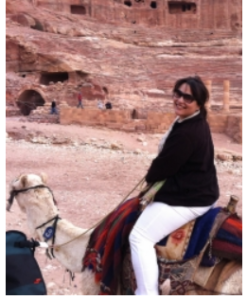Discovery Is Not Rediscovery.
It’s easy to say “dump the cache” when approaching every new brand strategy assignment — as in, approach it anew, without any preexisting opinions formed — but let’s be realistic, our brains are filled with information. It isn’t easy.
The elixir to my discovery is the customer and prospect interview. I ask questions. I listen. I interrupt, with a healthy interest in what is being said. Not rudely, excitedly. I reshare stories from my life so they know it’s a conversation (don’t tell my Rollins anthropology professor, she’d shit.) The point is, it’s only by digging into each new interview that I can flush the detritus from earlier references and focus in on a new brand. (After discovery, when sleeping and cogitating about claim and proofs, old info may come into play. But that’s subconscious stuff and fair game.)
Every brand is and must be viewed anew. Every brand is and must be a treated and seen, not as a different flavor, but as its own unique entity. Pure. As. The. Driven. Snow.
Peace.



